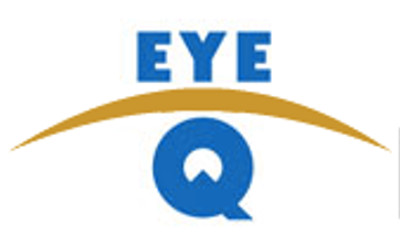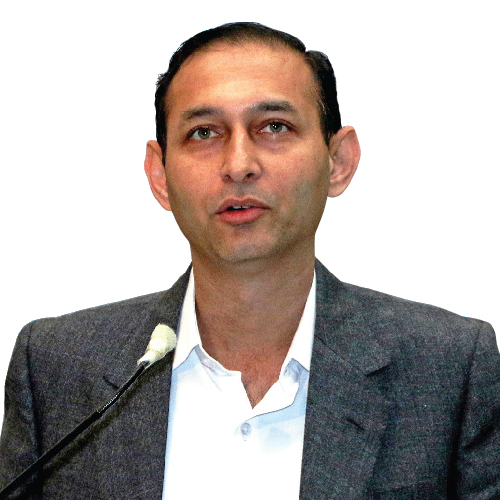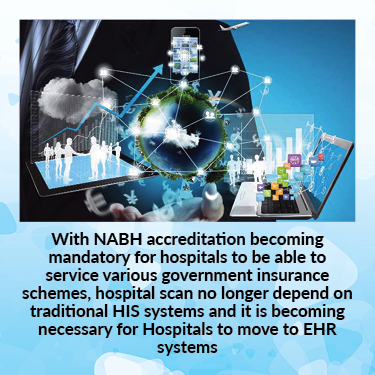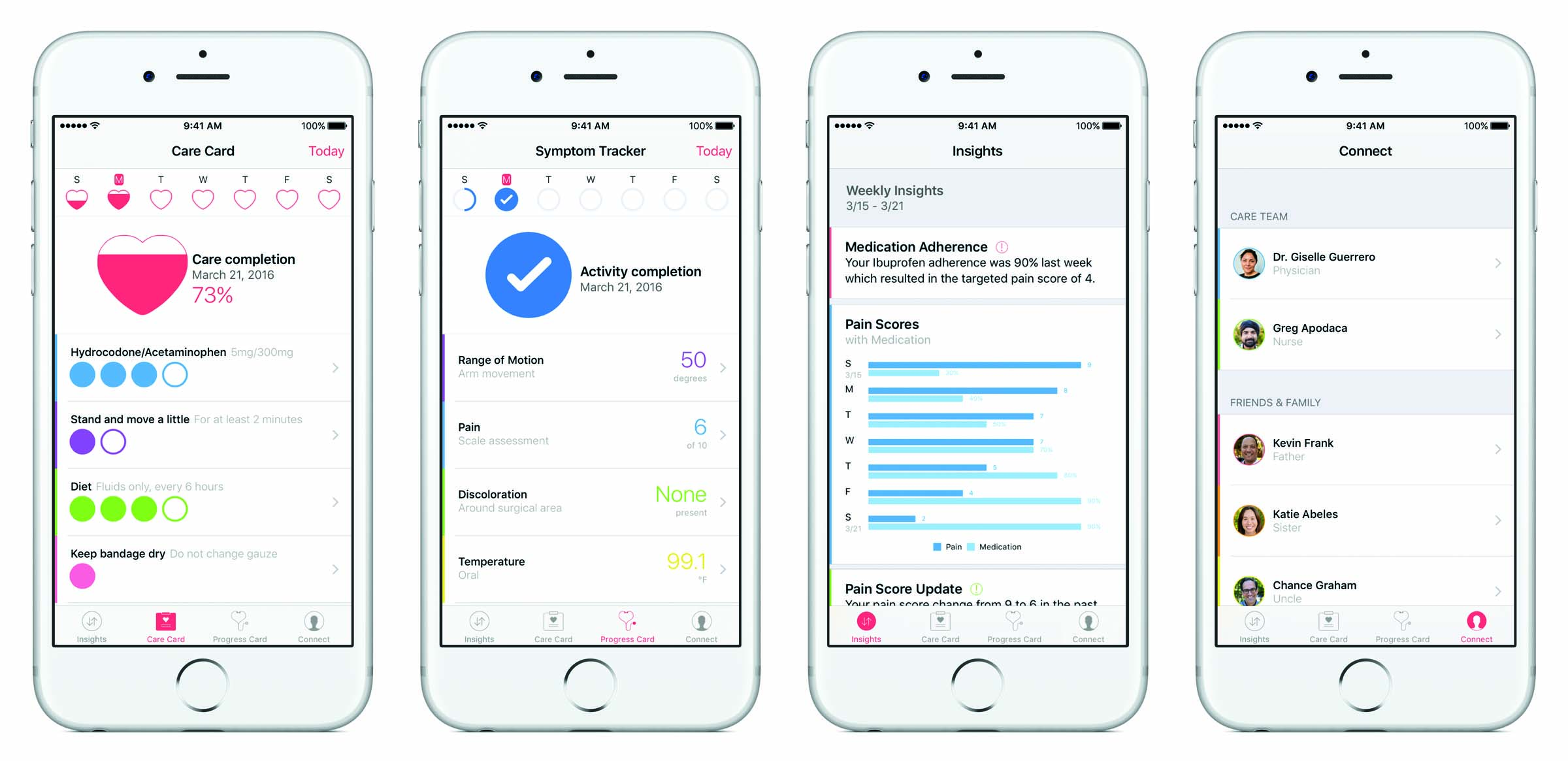
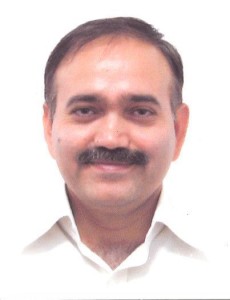
Mr. J.P. Dwivedi,
Chief Information Officer, Rajiv Gandhi Cancer Institute & Research Centre
To prevent and treat cancer by providing affordable oncology care of international standards in India is the ambitious mission that drives the 1,000+ employees of Rajiv Gandhi Cancer Institute and Research Centre (RGCI & RC). The Day Care Centre plays a critical part in fulfilling the organization’s commitment to delivering comprehensive cancer care, as many of their patients have to return post-hospitalization for chemotherapy, transfusion, and other services in a day care setting. In mid-2013, reducing patient wait times and improving bed utilization were top of mind for the team.
Patients were facing long wait times, an average of 65 minutes. They lacked visibility “ some would wait the entire day to find out that their treatment could not be done and that they would need to return the following day for treatment. Bed utilization hovered around 65 percent, largely due to unmanaged, non-value added activities into which the Day Care Centre team also had little visibility. In spite of their best intentions, staff could not operate efficiently, as they always had long queues of patients waiting and making inquiries. The queues were also starting to adversely impact doctors and nurses, as patients sought constant updates regarding their turn. The resulting confusion had the potential of leading to revenue loss as well, as treatments were started in some cases without the accompanying payment receipts, implying that patients could leave without paying. This created yet another demand of vigilance on already overburdened Day Care Centre staff.
An immediate temptation could have been to add staff or beds at the Day Care Centre, which would obviously have added to both costs and operational complexity. As the team saw it, they had three possible long-term solutions to choose from: (1) treat Day Care as an inpatient ward, (2) treat Day Care as an outpatient department service, or (3) create a new system. Eachpath understandably had its associated downsides. In the first option, the admission and discharge process would generate significant process overhead. In the second, Day Care would face loss of control over bed management, no check over discharge notes, and no ability to initiate service prior to payment. In the third, Day Care would likely encounter interface issues with the outpatient and inpatient departments along with the traditional burdens associated with new system deployment, training, and change management.

A joint team composed of Day Care Centre staff, Quality and IT Department staff, and ThoughtWorks developers and analysts undertook a detailed process study. They identified key pain points as well as the non-value added components and the need to control them. The solution they conceptualized would be loosely coupled with the outpatient and inpatient systems, but remain a standalone, web-based application. To secure the management buy-in they required, the team submitted convincing return on investment analysis, which was debated and approved. From a change management standpoint, they agreed to pursue an agile development process with incremental delivery. For example, after the initial parallel run was completed, registers were removed entirely. Finally, to promote real-time data entry, report review, and decision-making, tablets were issued to the Day Care Centre team.
The project team was tasked with building a web application that would provide visibility to various stakeholders “ Day Care Centre staff, management, and patients. It took the team six months from start to final go-live. High-level requirement gathering took one month; registration, bed allocation, and dashboard took two; bed monitor, invoice management, and fine-tuning treatment time estimates took another two; and, finally, the management information system reports took one month to complete. Interestingly, about half-way through the project, the developers went to the Day Care Centre with the 2.5 month-old application (in which the major parts were built, but a lot of work still remained). The ward secretary, charge nurses, and supervisor asked the developers to swap the tablet-based system with their registers. So, the developers spent the day writing in the registers while the Day Care Centre staff were off using the brand-new system “ in no need of any training to master the technology!
In one respect, the RGCI & RC team is no different from the vast majority of their peers in the health care industry “ they are sitting on many un-used systems because of low end-user adaptability. They were clear that in this instance, they wanted a system that people will use. Building a solution that would empower the end-users of the technology “ Day Care Centre staff and hospital management “ and thereby empower theirend-customers or patients was the core objective. The new system provides Day Care Centre staff the ability to register patients and assign them to available beds along with the ability to move from one bed to another, view past data and the queue. Management receives eight different types of weekly reports that allow them to pinpoint opportunities for process improvement “ previously, they lacked the data to make such changes. Patients in the waiting area can see their updated wait times without having to approach the counter for clarification.

According to Dr. Manika Sharma, a key member of process re-engineering team in the Institute, now we have a proper system for admission and discharge, we know when the next bed would be vacant, we know when we can give the bed to the next patient, we can also send our chemotherapy medicines for mixing in advance, so this helps us in saving a lot of time and in reducing the turnaround time.
The new transparency in service delivery meant that patients were the first to benefit from the new system, with the average waiting time already reduced down to less than 45 minutes. Every patient is informed how long it will take them to get a bed “ and that information is visible to them while seated. Once the non-value added activities were visible, management and staff could make the necessary changes to take bed utilization up from 65-70 percent to 75-80 percent. The reception staff are especially happy that they do not have to answer queue management calls, while the doctors and nurses are happy that they get space to treat patients away from the crowd. One unanticipated benefit was that the window of operations in the Day Care Centre could be reduced by one hour “ after serving the same number of patients.
At the recent Annual Healthcare IT Summit held in Hyderabad, the Day Care Management case study presented by RGCI & RC’s Chief Information Officer, Mr. J.P. Dwivedi, was rated the best among all the submissions “ a testament to the disruptive thinking and empowering technology the team brought to bear on their challenge.
Be a part of Elets Collaborative Initiatives. Join Us for Upcoming Events and explore business opportunities. Like us on Facebook , connect with us on LinkedIn and follow us on Twitter , Instagram.








